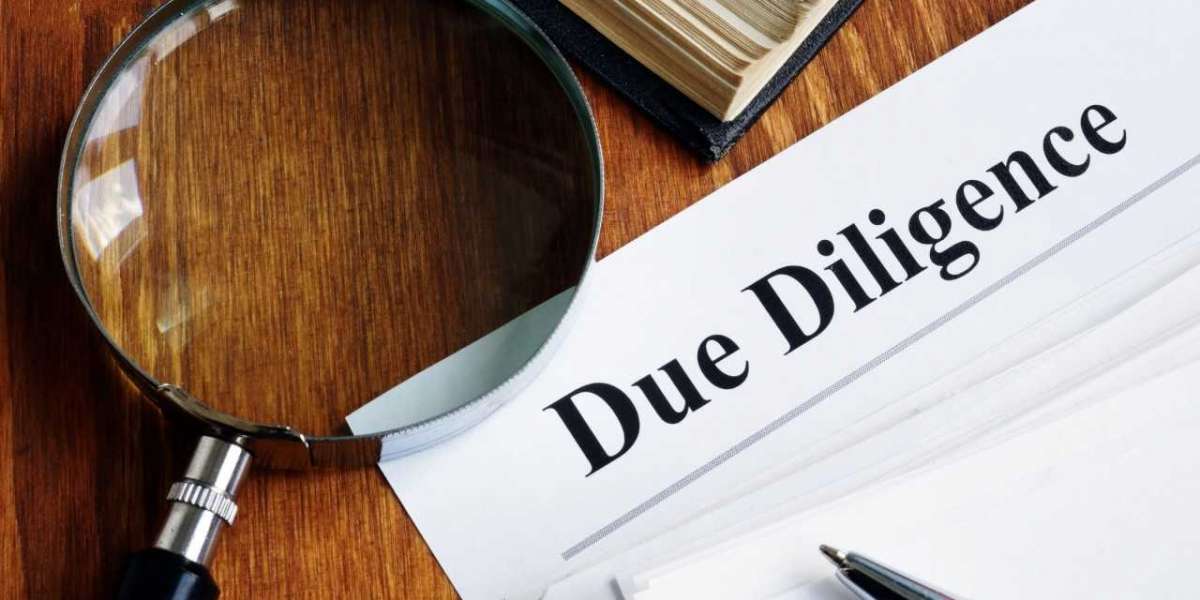Creating engaging and effective lesson plans for art teachers is vital for inspiring students and cultivating their artistic talents. This comprehensive guide presents innovative strategies and detailed lesson plans that will help art educators stimulate creativity and critical thinking in their classrooms.
The Necessity of Comprehensive Art Lesson Plans
Comprehensive art lesson plans are essential for guiding educators and ensuring a consistent, enriching learning experience for students. These plans should align with curriculum standards while encouraging artistic exploration and expression. By integrating various techniques and interdisciplinary elements, these lesson plans can significantly enhance student engagement and achievement.
Building a Diverse and Engaging Art Curriculum
A well-rounded art curriculum should be diverse, inclusive, and flexible, catering to the different interests and skill levels of students. Here are key components to consider:
1. Merging Art History with Creative Practice
Combining art history with creative practice helps students appreciate the development of art and encourages them to explore different artistic styles.
Example Lesson Plan:
- Objective: Understand the impact of Abstract Expressionism.
- Activity: Study the works of Jackson Pollock and Mark Rothko, discuss the characteristics of Abstract Expressionism, and create an abstract painting.
- Materials Needed: Paints, brushes, canvases, images of Abstract Expressionist works.
- Assessment: Evaluate students' paintings based on their understanding and application of Abstract Expressionist techniques.
2. Exploring Various Art Mediums
Introducing students to a range of art mediums, such as drawing, painting, sculpture, and digital art, allows them to discover their preferences and develop diverse skills.
Example Lesson Plan:
- Objective: Experiment with charcoal drawing.
- Activity: Create a charcoal drawing of a still life arrangement, focusing on light, shadow, and texture.
- Materials Needed: Charcoal sticks, drawing paper, erasers, still life objects.
- Assessment: Assess creativity, technical skill, and effective use of charcoal techniques.
3. Enhancing Analytical Skills through Art Critique
Teaching students to critique art enhances their analytical abilities and deepens their appreciation for various artistic perspectives.
Example Lesson Plan:
- Objective: Develop analytical skills through art critique.
- Activity: Analyze a modern artwork, discussing elements such as composition, color, and technique. Have students write a critique.
- Materials Needed: Images of modern artworks, writing materials.
- Assessment: Evaluate critiques based on insight, clarity, and understanding of art concepts.
Incorporating Interdisciplinary Connections
Interdisciplinary approaches can make art more engaging and relevant for students by linking it to other subjects.
1. Art and Mathematics: Exploring Symmetry and Geometry
Combining art and mathematics can help students appreciate the beauty of symmetry and geometry in art.
Example Lesson Plan:
- Objective: Create art using geometric shapes and symmetry.
- Activity: Study the geometric patterns in Islamic art and create a design using similar principles.
- Materials Needed: Rulers, compasses, pencils, paper.
- Assessment: Assess accuracy, creativity, and effective use of geometric patterns.
2. Art and Social Studies: Exploring Cultural Art Forms
Linking art and social studies allows students to explore and appreciate different cultural art forms.
Example Lesson Plan:
- Objective: Understand and create African masks.
- Activity: Learn about the significance of African masks and create a mask inspired by traditional designs.
- Materials Needed: Paper mache, paints, brushes, references of African masks.
- Assessment: Evaluate the understanding of cultural significance and the creativity in mask design.
Utilizing Technology in Art Education
Technology offers new tools and platforms for creative expression, greatly enhancing art education.
1. Digital Art and Illustration
Introducing students to digital art through software like Adobe Photoshop or Illustrator equips them with modern artistic skills and broadens their creative horizons.
Example Lesson Plan:
- Objective: Create a digital illustration.
- Activity: Learn basic tools in Photoshop and design a digital poster based on a chosen theme.
- Materials Needed: Computers with Photoshop, graphic tablets.
- Assessment: Assess technical skill, creativity, and effectiveness of the design.
2. Virtual Museum Tours
Using virtual museum tours exposes students to world-class art collections and diverse cultural artworks without the need for physical travel.
Example Lesson Plan:
- Objective: Explore and analyze art from virtual galleries.
- Activity: Take a virtual tour of the Metropolitan Museum of Art, select an artwork, and present its analysis to the class.
- Materials Needed: Computer, internet access, projector.
- Assessment: Evaluate presentations based on depth of analysis and engagement with the artwork.
Promoting Collaborative Art Projects
Collaborative projects enhance social skills and teamwork among students, resulting in larger, impactful artworks.
1. Group Murals
Creating a group mural allows students to contribute individual pieces to a collective project, fostering a sense of community and pride.
Example Lesson Plan:
- Objective: Collaborate on a mural.
- Activity: Plan and paint a mural on a school wall, reflecting a community theme.
- Materials Needed: Paints, brushes, large wall space.
- Assessment: Evaluate teamwork, contribution to the mural, and the final artwork.
2. School Art Exhibitions
Organizing school art exhibitions provides students with the opportunity to showcase their work, boosting their confidence and pride.
Example Lesson Plan:
- Objective: Prepare and present an art exhibition.
- Activity: Select and prepare artworks for the exhibition, write artist statements, and set up the display.
- Materials Needed: Display boards, art materials, writing supplies.
- Assessment: Assess organization, presentation, and quality of the artworks.
Conclusion
Innovative lesson plans for art teachers are essential for nurturing creativity and skill development in students. By integrating diverse artistic techniques, interdisciplinary approaches, and modern technology, educators can create a stimulating and enriching art education experience. These strategies not only enhance artistic skills but also promote critical thinking, collaboration, and a lifelong appreciation for the arts.








